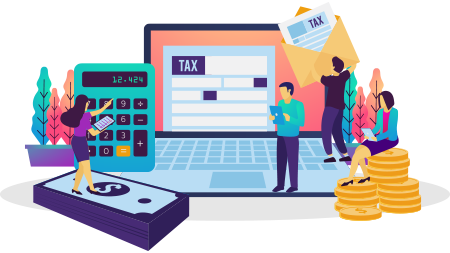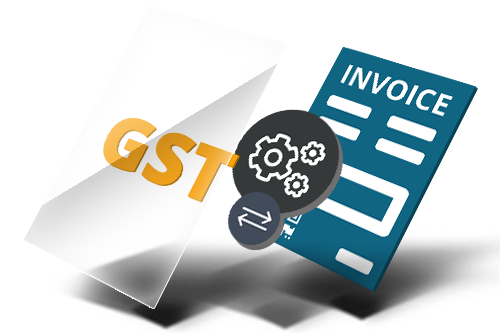
ERP FOR SEAFOOD EXPORT AND IMPORT COMPANIES
ERP Application available on

ON-CLOUD

ON-PREMISE
Sea food export management :
Seafood export management simplifies and helps you in a smarter way to increase your business productivity and profitability. Seafood export system that caters to the complete needs to automate the seafood industry.

ERP Needs:
An ERP system enables you to know exactly what stock you need for each job and when you need it.ERP Software also allows you to automate many of your processes so efficiencies can be created across the entire production process.The means less duplication,better scheduling of resources and reduced downtime.
- Better service to customers.
- Standardization of software.
- Better accounting and financial reporting.
- Regulatory compliance and security.
- Faster response times.
- Mobility and flexibility.
- An effective cost reduction tool.
KEY FEATURES:

Store Inventory Management
Inventory management systems control the process of managing all incoming and outgoing products in a retail store or online.
- Min/Max Stock Levels.
- Multiple Stores
- Inventory Valuation
- Inventory Rejected/Dead Stock
- Negative Stock Restriction
- Barcode Tracking
- Auto Stock Adjustment
- Physical Stock Reconciliation
EXPORT/CUSTOM DOCUMENTATION
Exporters who want to export goods from India must register the AD along with IEC.
- The buyer and seller in the transaction.
- A detailed description of the goods.
- The Harmonized System classification of those goods.
- The price.
- The delivery details, including how and where the goods will be delivered and how much that will cost.


CRM/EMAIL ALERTS
E-Mail notifications are among the instant and scheduled actions asociated with different automations in CRM.
- Auto email can be sent with orders or invoices
- Standard Templates to send email with transaction information like outstanding amount, invoice no., weight etc.
- Email scheduler to routinely send specific reports in mail to specific recipients
ACCOUNTS RECEIVABLE/PAYABLE
- Streamlines tracking and invoicing and shorter payment cycles.
- Provides aging statistics and key numbers to help companies make smarter decisions.
- Maintenance of Accounts Receivable Ledger.
- Accounts Receivables Aged Listing.
- Automated Collections Communications.
- Comprehensive Dashboards and Reporting.
- Customer-wise payment cycle analysis.
- Executive-wise payment cycle analysis.


DASHBOARD AND REPORTS
ERP dashboards serve as the central interface of your system. They are the first display users see, containing critical information that is updated in real-time. The visibility requirements of each of your functional areas will differ.
CUSTOMER/SUPPLIER ORDER PROCESSING
For businesses, it can help drive sales and revenue by allowing customers to purchase goods or services.
- Orders can also be used as a tool for tracking inventory levels and forecasting demand, as well as helping to ensure the timely delivery of goods and services.
- It can also measure customer satisfaction and loyalty, allowing businesses to understand their customers’ needs and preferences better.
- Finally, it can provide valuable insights into market trends and opportunities, which can inform business decisions.


E-INVOICE AND GST
- E-invoice resolves and plugs a major gap in data reconciliation under GST to reduce mismatch errors.
- E-invoices created on one software can be read by another, allowing interoperability and help reduce data entry errors.
- Real-time tracking of invoices prepared by the supplier is enabled by e-invoice.
- Backward integration and automation of the tax return filing process – the relevant details of the invoices would be auto-populated in the various returns, especially for generating the part-A of e-way bills.
- Faster availability of genuine input tax credit.
- Lesser possibility of audits/surveys by the tax authorities since the information they require is available at a transaction level.
Our Client

Do you need help?
During business hours, our support team is reachable through email.
For Demo :








